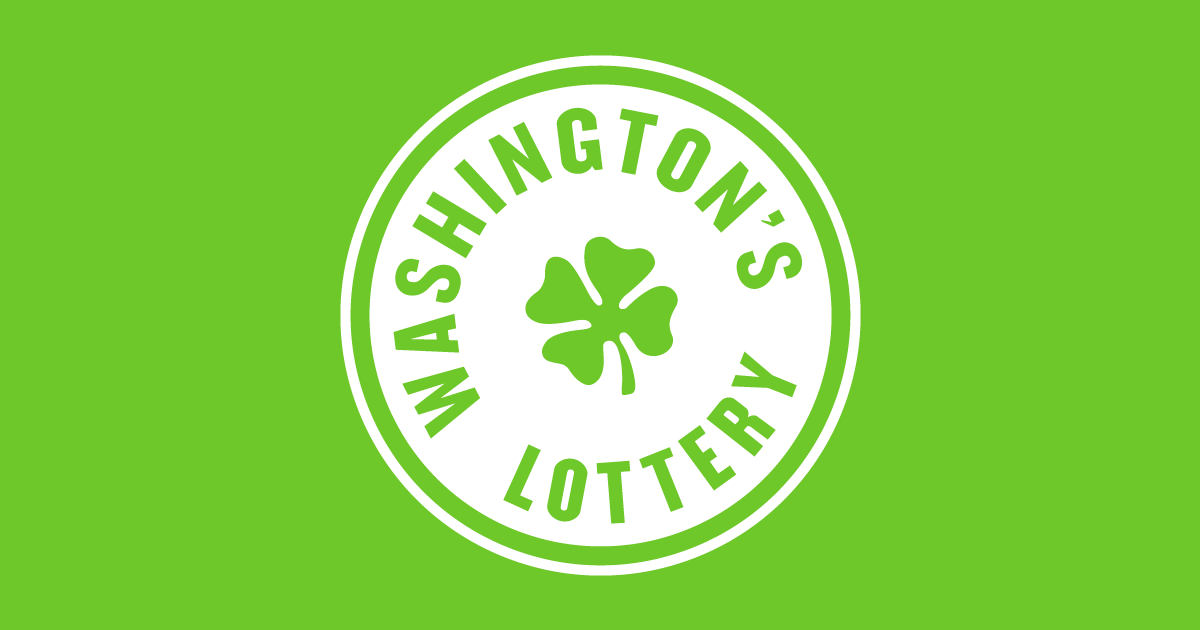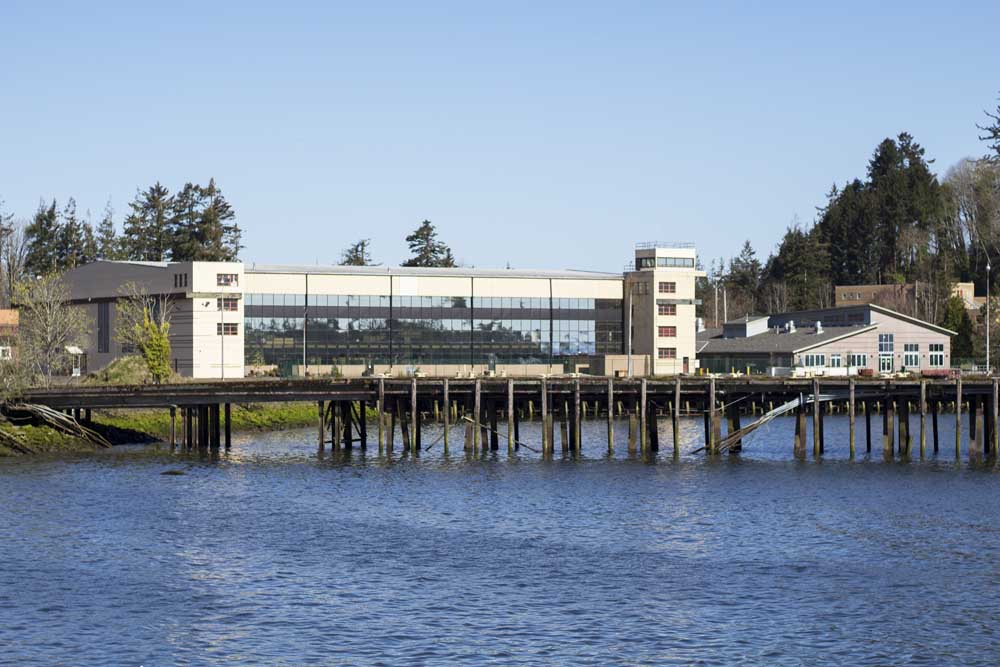Marine toxin level rising in Long Beach clams
Published 9:48 am Friday, May 29, 2015
LONG BEACH — Levels of the marine toxin domoic acid have risen to more than five times safe levels in razor clams tested on the Long Beach Peninsula, according to latest tests by the Washington Department of Health.
Samples collected on Tuesday and Wednesday of this week, May 26 and 27, found 110 parts per million of domoic acid in Long Beach Peninsula clams. No other marine toxins were detected.
Before a beach can be opened for the harvest of razor clams, Washington State Department of Health protocol requires that all razor clam samples collected from that beach must test under the action level of 20 ppm for domoic.
Concentrations of the toxin, which can cause loss of the ability to store short-term memories or even death, are even higher in the Twin Harbors area, located between the north entrance to Willapa Bay and Westport. Testing there found an average of 169 ppm in clams.
Only razor clam meat tissue is tested.
Clams from the Copalis area on the central Washington coast showed a domoic acid concentration 70 ppm; a little farther north, the Mocrocks area had 87 ppm. No samples were collected at Kalaloch in Olympic National Park.
In comparison, tests on May 18 found domoic levels of 79 ppm on Long Beach, 42 ppm in Twin Harbors, 74 ppm at Copalis, 58 ppm at Morocks and 126 ppm at Kalaloch.
A sudden reappearance of the toxin, which is generated by a species of ocean microorganism, forced cancellation of recreational clamming earlier this spring. It can take months for clams to clear out the toxin after levels drop in the ocean.
For more information on marine toxins and other harmful algal blooms, see the following links:
• wdfw.wa.gov/conservation/research/projects/algal_bloom/index.html
• www.doh.wa.gov/CommunityandEnvironment/Shellfish/BiotoxinsIllnessPrevention/Biotoxins/AmnesicShellfishPoisoning.aspx
• www.doh.wa.gov/CommunityandEnvironment/Shellfish/BiotoxinsIllnessPrevention/Biotoxins/ParalyticShellfishPoison.aspx
• www.bigelow.org/hab/location.html
• www.nwfsc.noaa.gov/hab/





